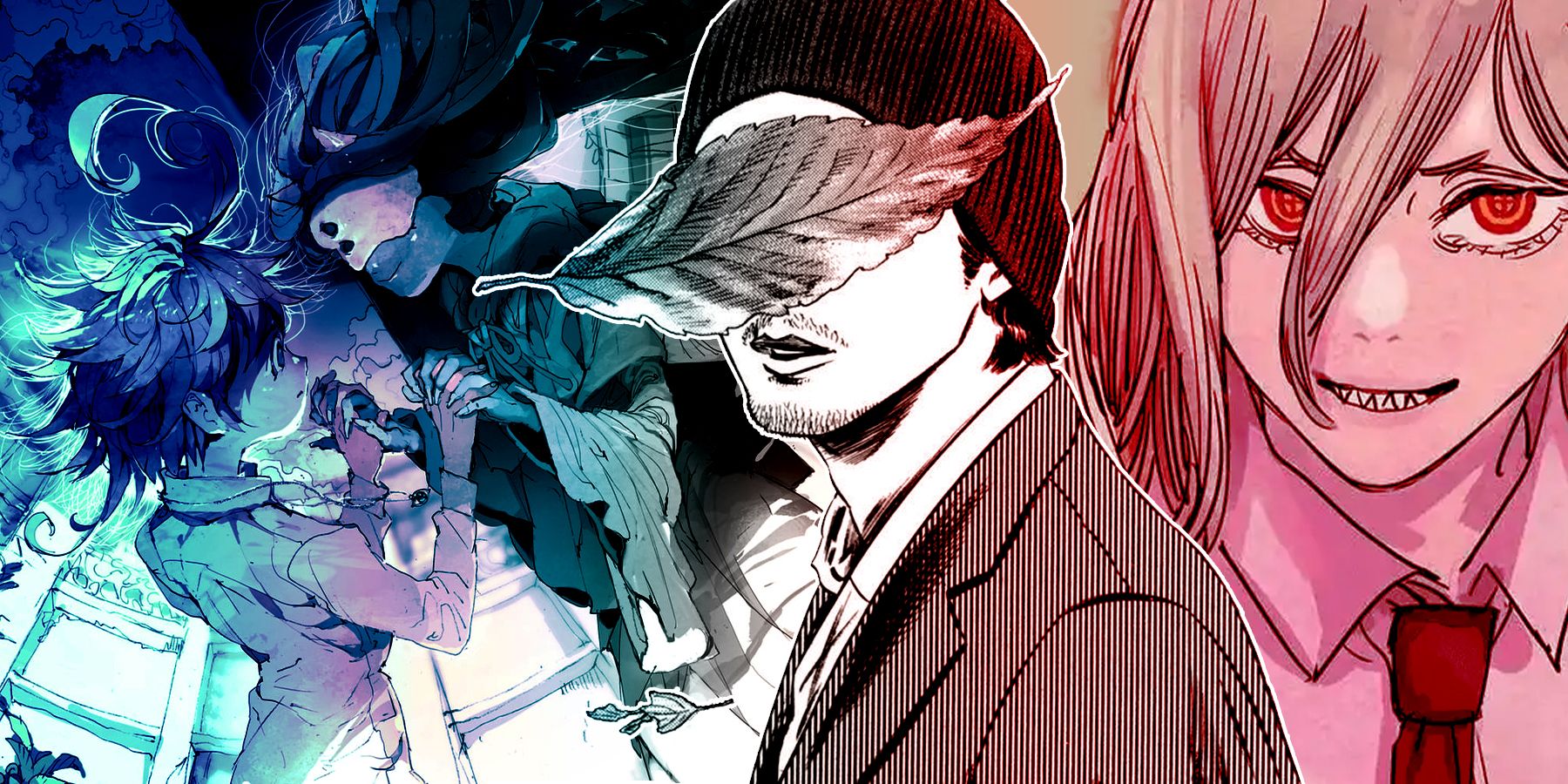Manga cover design is way more than just a pretty picture; it’s the first impression, the hook that reels in readers. From the vibrant hues of shonen action to the softer palettes of shojo romance, a manga cover tells a story before you even crack the spine. We’ll dive into the evolution of manga cover design, exploring the key elements—imagery, typography, color theory—that make a cover iconic and influence sales.
This deep dive will cover everything from analyzing the impact of font choices and color palettes to understanding how symbolic imagery and character depiction create a powerful visual narrative. We’ll also look at successful cover designs and explore how A/B testing can help optimize a manga’s visual appeal to maximize sales. Get ready to level up your understanding of manga cover design!
Learn about more about the process of demon slayer manga panel in the field.
Manga Cover Design Trends
Yo, manga cover design? It’s totally evolved, dude. Over the past two decades, we’ve seen a major shift from simpler styles to super-detailed, eye-catching masterpieces. Think about the difference between the covers of early 90s manga and what’s hot off the press today – it’s night and day!
Evolution of Manga Cover Design
Twenty years ago, manga covers were often simpler, focusing on clear character portraits and basic backgrounds. Think clean lines, limited color palettes, and straightforward typography. Now? It’s all about dynamic compositions, vibrant colors, and intricate details. The use of digital art has also revolutionized the process, allowing for more complex designs and photorealistic elements.
Three Prevalent Modern Manga Cover Styles
Right now, three styles are dominating the scene. First, we have the dynamic action style, packed with energy and movement, often featuring characters mid-pose against explosive backgrounds. Then there’s the clean and minimalist style, which prioritizes clean lines, a limited color palette, and impactful character portraits. Lastly, there’s the detailed and atmospheric style, brimming with intricate details, complex backgrounds, and a focus on creating mood and atmosphere.
Color Palettes in Shonen and Shojo Manga
Shonen and shojo manga use color palettes to reflect their target audiences and themes. Shonen, aimed at young boys, often utilizes bright, bold colors like reds, blues, and yellows, reflecting the action-packed nature of many series. Shojo, targeted at girls, frequently features softer palettes with pinks, purples, and pastels, conveying romance and more delicate themes. There are exceptions, of course, but these are general trends.
Typical Design Elements by Manga Genre
| Genre | Font | Imagery | Color Scheme |
|---|---|---|---|
| Action | Bold, sans-serif | Dynamic poses, explosions, weapons | Bright, contrasting colors |
| Romance | Elegant, serif or script | Close-ups of characters, romantic settings | Soft, pastel colors |
| Horror | Distorted, gothic | Dark imagery, grotesque characters, unsettling scenes | Dark, muted colors |
| Comedy | Playful, cartoonish | Exaggerated expressions, humorous situations | Bright, varied colors |
The Role of Imagery on Manga Covers
The imagery on a manga cover is crucial, yo. It’s the first thing readers see, and it sets the tone for the entire series. It needs to grab attention and accurately reflect the story’s genre and mood.
Depiction of the Main Character, Manga cover

The main character’s portrayal is paramount. Their expression, pose, and overall visual style immediately communicate their personality and the story’s central conflict. A determined gaze suggests action, while a wistful expression hints at romance. The character design itself – clothing, accessories, even hair – plays a significant role in conveying information.
Background Imagery and Genre Setting
The background isn’t just window dressing. It reinforces the genre and sets the mood. A bustling cityscape suggests a crime thriller, while a serene forest might indicate a fantasy adventure. The level of detail in the background also contributes to the overall aesthetic – a minimalist background emphasizes the character, while a detailed one creates a richer, more immersive experience.
Effective Use of Symbolism and Visual Metaphors
Many manga covers cleverly use symbolism and metaphors to add depth and intrigue. A lone wolf might symbolize isolation, a shattered mirror could represent broken trust, and a burning building might foretell impending doom. These subtle cues pique the reader’s curiosity and encourage them to explore the story further.
Three Symbolic Manga Covers
Imagine three covers: one for a sci-fi adventure featuring a lone astronaut silhouetted against a vast, alien landscape. Another, for a psychological thriller, depicts a distorted reflection in a cracked mirror. Finally, a romance cover shows two intertwined branches reaching towards each other amidst a field of blooming flowers.
Ultimately, a killer manga cover is a powerful blend of art and marketing. It’s about understanding your target audience, using visual language effectively, and creating a design that instantly communicates the genre and tone of the story. By mastering the elements discussed – from color theory and typography to strategic imagery – you can create a cover that not only grabs attention but also drives sales.
So, go forth and create covers that are totally rad!


